The Ukrainian Air Defense Forces are reducing the number of mobile air defense units, transferring air defense troops to infantry for the following reasons. First, because frontline combat units lack infantry; second, Russian suicide UAVs like Geran now fly higher, farther, and are much more destructive.
A few days ago, Ukrainian sources began writing about the new Russian Geran UAV (Ukraine calls it Shahed-136). First, the Russian Geran UAV has been equipped with a more powerful warhead; now the Geran-2 can carry a 90 kg warhead instead of the previous 50 kg.
Second, the Russian Geran-2/3 UAVs have begun to fly at much higher altitudes, so that the mobile air defense groups of the Ukrainian Army (AFU) cannot shoot them down with anti-aircraft artillery, or even with modern American man-portable air defense missiles (MANPADs) such as the FIM-92 Stinger.
According to Ukrainian military expert Alexander Kovalenko, the Russian Geran-2 UAV can fly at an altitude of nearly 5 km (exactly 4,900 meters); therefore, it cannot be shot down by anti-aircraft guns of 40mm caliber or less. However, in the attack on the night of May 23, the Ukrainian air defense force still announced that they had shot down 266 out of nearly 300 Russian Geran-2 UAVs.
By increasing the cruising altitude of the Geran-2 suicide UAV, the Russian military immediately neutralized most of Ukraine's mobile air defense forces, especially mobile air defense groups on pickup trucks, equipped with large-caliber anti-aircraft machine guns.
According to AFU regulations, Ukrainian air defense is not allowed to use anti-aircraft missiles to intercept Geran-2 UAVs, especially when the number of these missiles is very small. The only way for Ukrainian air defense to effectively shoot down Geran-2 UAVs at present without using anti-aircraft missiles is to use F-16 fighter jets. But this also contains dangerous threats.
Meanwhile, the tactic of using Russia's Geran-2 suicide UAVs also caused a "headache" for Ukraine's air defense forces, when Ukrainian people witnessed Russia's Geran-2 suicide UAVs flying in circles near Zhitomir, before carrying out the attack.
Before the attack on Ukrainian targets in Zhitomir and its vicinity, Russian Geran-2 UAVs demonstrated an interesting tactic, when Geran-2s entered the airspace of Zhitomir one by one and formed groups. In the sky, they formed a circle and moved in a circle, then 2-3 at a time rushed to attack the target.
The Ukrainian military is still searching for the remains of the Geran-2 UAV, learning the secrets of the Russian defense industry. For example, they were surprised to discover the presence of the CRPA antenna (Controlled Receiver Pattern Antenna), consisting of 16 elements in the latest model of the Geran-2 UAV.
Ukrainian military experts were truly amazed by the performance of the Russian Geran-2 UAV, which is considered a miracle of technology. But, as Russian experts say, there are even more surprises waiting for the Ukrainians, as the versions of the Geran-2 UAV are constantly being improved, increasing their attack capabilities.
According to experts, the CRPA antenna installed on the Geran-2 UAV is a special navigation device used to ensure stable navigation in conditions of radio interference. They help the Geran-2 UAV avoid electronic interference and provide high-quality positioning, even in the presence of radio interference, helping to accurately identify targets and ignore false signals.
Ukrainian military expert Alexander Kovalenko said that the Russian military's constant improvement of UAVs and their tactics poses insurmountable challenges to Ukraine's air defense forces, especially at a time when they are in crisis.
Mr. Kovalenko also added that the attacks by Russian Geran-2 drones were essentially just a “prelude” to disabling the air defense system in southern Ukraine, so that Russian missiles could then attack targets unhindered.
It is worth noting that experts and the Ukrainian military have recently been complaining about the improved characteristics of the Geran-2 UAVs, which make them much more dangerous and difficult to counter, and mobile anti-aircraft fire is more difficult to intercept than before.
And recently, the Ukrainian military also said that Russia has modernized its Iskander-M tactical ballistic missiles. Ukrainian military experts believe that these missiles have recently begun launching decoys, causing Ukrainian radars to mistake these decoys for Iskander-M missiles.
According to independent experts, Ukraine’s air defense forces are being constantly eroded by high-frequency Russian attacks; while the West has emptied its anti-aircraft missile arsenal to aid Ukraine. Ukraine’s air defense forces are currently unable to protect the surrounding areas, not to mention the capital city of Kiev itself. (photo source Topcor.ru. Military Review, Ukrinform).
Source: https://khoahocdoisong.vn/nga-cai-tien-uav-geran-2-phao-phong-khong-ukraine-bat-luc-post1543587.html

























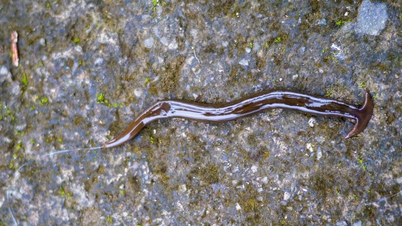





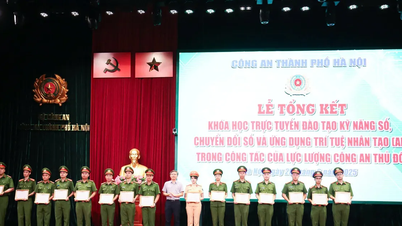





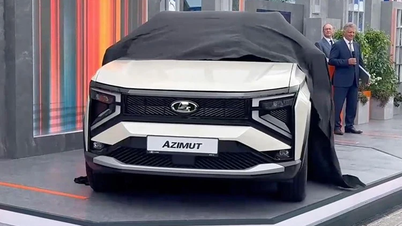
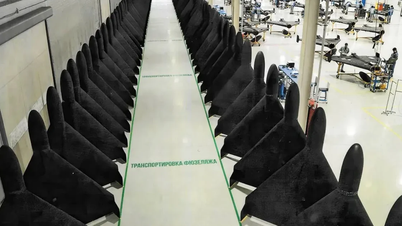



![[Photo] The 9th Congress of the Party Committee of the Office of the President, term 2025-2030](https://vphoto.vietnam.vn/thumb/1200x675/vietnam/resource/IMAGE/2025/6/20/78e7f27e8c4b4edc8859f09572409ad3)


























![[Maritime News] Wan Hai Lines invests $150 million to buy 48,000 containers](https://vphoto.vietnam.vn/thumb/402x226/vietnam/resource/IMAGE/2025/6/20/c945a62aff624b4bb5c25e67e9bcc1cb)













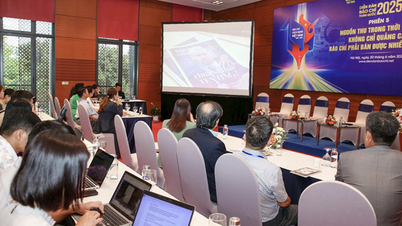


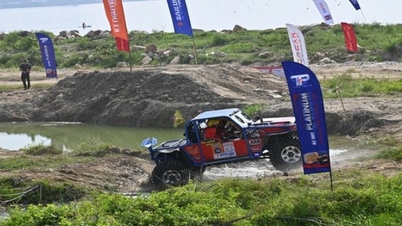






























Comment (0)